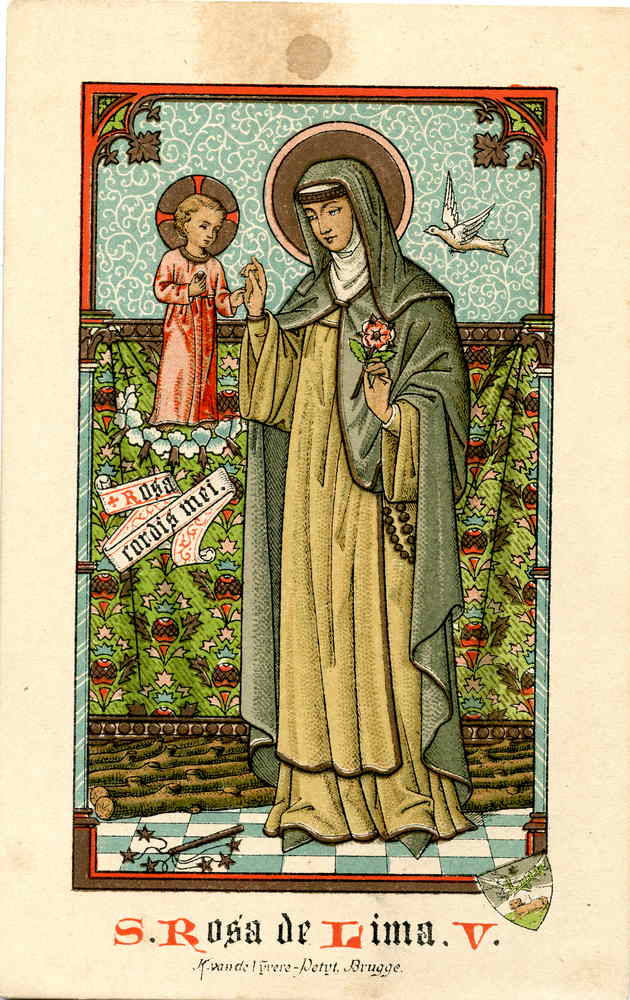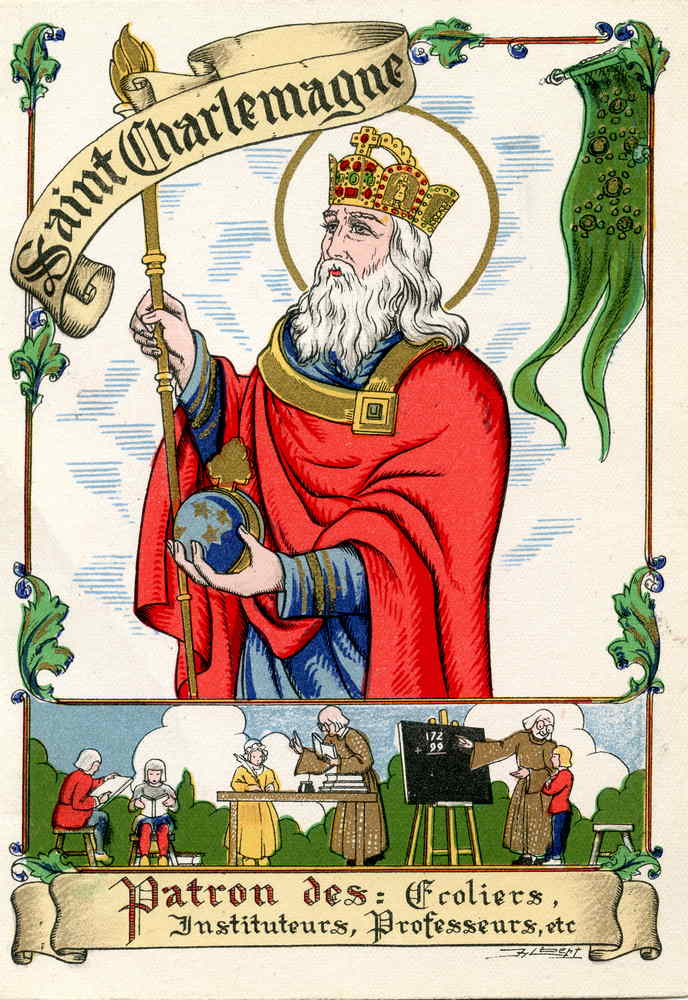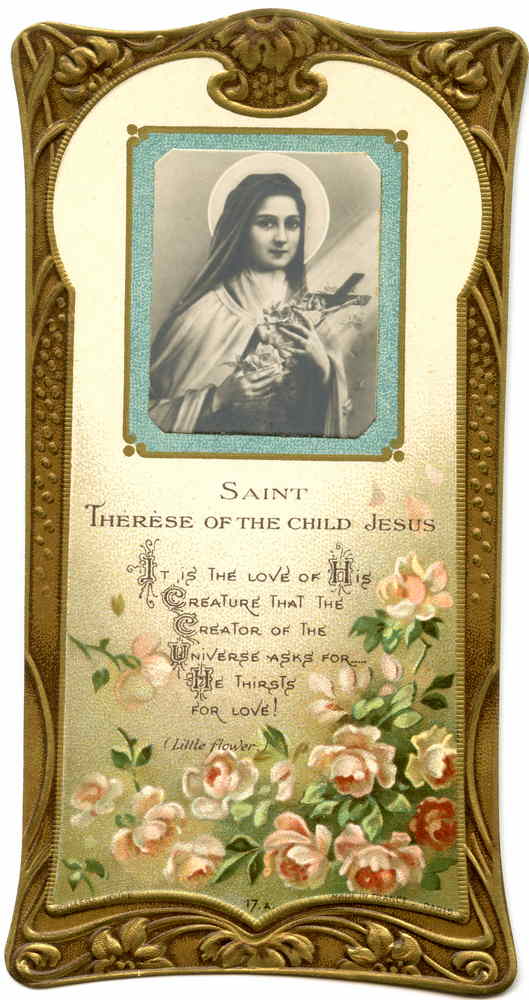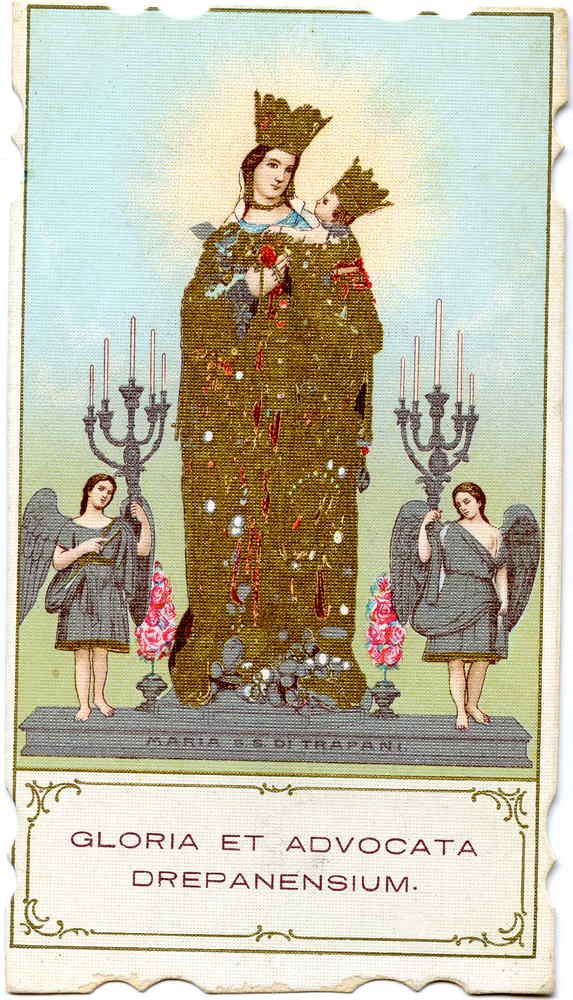Walking across the parking lot at Dunwoodie (St. Joseph’s Seminary in Yonkers, N.Y.) recently, I ran into Cardinal Timothy Dolan. He greeted me warmly, as is his way, and put an arm around my shoulders (also his way). About that book you’ve written with George Marlin [called Sons of St. Patrick: A History of the Archbishops of New York, coming – as I told His Eminence – on St. Patrick’s Day]:
“I’m looking forward to it, Brad. Of course, it depends upon our reading of it.”

We both had a laugh at that, although since he’s an historian and there’s a chapter devoted just to him (he was generous in interviews with us), if he doesn’t like it, well. . .those may be the last kind words we’ll hear about it.
We were both walking to an exhibit, Images of Sanctity*, at the Archives of the Archdiocese of New York, now housed in a wonderful new facility on the Seminary grounds, where Marlin and I spent many an hour over the last couple of years reading the correspondence and official papers of the men who’ve previously had Cardinal Dolan’s job.
Images of Sanctity carries the subtitle: Holy Cards of the Catholic Church, 1800 to the Present, and it is a beautiful display of the collection of Father Eugene Carella, a Staten Island priest, who has been collecting holy cards since he was 9 years old. Even then he knew.
Archivists, Kate Feighery and Elizabeth Alleva, write:
Pocket-sized images of religious figures, known as Holy Cards, first appeared in the 1500s. These cards, which were created to be carried around or simply displayed in a person’s home, allowed everyday people to bring saints and other religious figures in to their day-to-day lives.

What gives many of these cards their arresting “Pop!” is a process known as chromolithography, developed in the mid-1830s by a Frenchman, Godefroy Engelmann. As the name suggests, chromolithography is simply lithography in color. But what colors! In fact, many early critics complained that the vibrancy of the colors in Engelmann’s process resulted in lousy, distorted art. And that may have been the case in reproducing the subtleties in certain kinds of illustration, but for holy cards it’s perfection itself.
Many Mass cards and holy cards I see these days – such as those used for promotional purposes by any number of Catholic charities – while lovely in their own way, simply aren’t as vivid as the ones featured in Images of Sanctity. To my mind the new ones don’t “work” as well.

Work? Perhaps I’m wrong to suggest there need be a utilitarian aspect to this or any art form, and in much art there needn’t be and very consciously isn’t. God knows. But as with holy icons, holy cards are written (a neo-Orthodox idea, born of confusion over the Russian word pisat, which means both “write” and “paint”), which is to say each has a spiritual and didactic purpose, their utility deriving from the inspiration of the artist and the cards’ ability to move the soul of the viewer. They are a kind of melding of fine and decorative arts, with the additional element of prayerfulness in their creation and likewise inspiring prayerfulness in their “readers.”
Muslims and some Protestants would reject all that, but, like our Orthodox brethren, we Catholics are not iconoclasts, after all.
Cardinal Dolan joked with Father Carella that he had a mint Mickey Mantle rookie card that he’d be happy to trade for one of the saints.
Most of the cards in the exhibit are actually superb reproduction copies made by the archivists, so the Cardinal could know exactly what the original would look like were the good Father willing to make a swap. One Carella likely wouldn’t part with is of a Polish saint that actually contains a relic: a tiny piece of one of the saint’s bones.
Among my favorites (each illustrating this column; each of which may be expanded by clicking) are: St. Rose of Lima, first saint of the New World, and after whom I’ve (reverently) crafted a very fine Peruvian pisco cocktail**; St. Charlemagne, canonized a saint by the antipope Paschal III (who “reigned” from 1164 to 1168) and made Rex pater Europae the patron of students, teachers, and professors; the Little Flower, St. Thérèse of Lisieux, whose card carries the words, “It is the love of the creature that the Creator of the universe asks for – He thirsts for Love;” and, sweetest of all, an Italian (well, Sicilian) card from 1910 depicting Our Lady with the infant Christ: Gloria et Advocata Drepanensium.

You can view most of the holy cards here. And to find out more about visiting the exhibit, including hours and the location (in the Dunwoodie section of Yonkers), click here. And on behalf of Kate and Liz, let me preempt any ideas anybody may have of asking them to do genealogical research on your great-grandmother who came over from Ireland: the Archive has no such records. Go ask a Mormon instead.
*All images courtesy of the Archives of the Archdiocese of New York
** St. Rose of Lima Cocktail (based on a recipe from Dō Hwa, 55 Carmine Street in NYC):
3 measures of pisco (I use the Capel brand) [gin works as a substitute for pisco]
½ measure of elderflower liquor (St. Germain)
½ measure of fresh limejuice
1 tablespoon of rose water (Cortas)
2 dashes of rhubarb bitters (Fee Brothers)
(I garnish with a cherry marinated in Luxardo)
Pray. Shake with ice. Pray. Pour. Garnish with a cherry. Pray. Drink.















